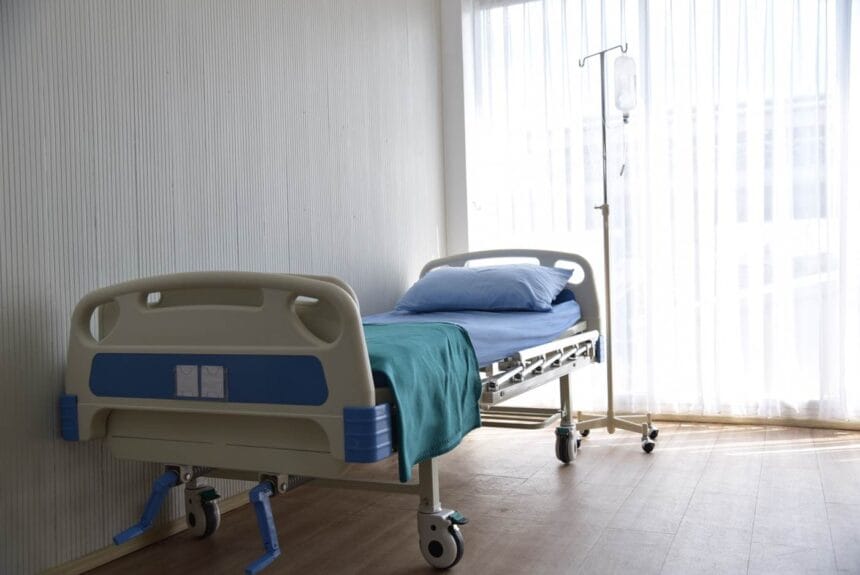Preventing contamination in healthcare environments is a constant priority. Surfaces, equipment, clothing, and even the air can carry infectious agents. In settings where patients are vulnerable and medical staff are constantly in motion, hygiene protocols form the first and last line of defense. Without consistent attention to cleanliness, even routine procedures can lead to unnecessary risk.
The Importance of Hand Hygiene
Hand hygiene is still one of the most effective ways to prevent the spread of illness. It is not just about frequency, but technique and consistency. Healthcare workers touch dozens of surfaces and people each hour. Each point of contact becomes a potential transfer. Effective policies require washing or sanitizing before and after every patient interaction, after contact with bodily fluids, and after removing gloves. Compliance rates often fall short, so frequent training and visibility into hygiene behaviors remain necessary.
Surface and Equipment Disinfection
Surfaces in medical settings may look clean but can harbor dangerous microbes. Bed rails, doorknobs, carts, monitors, and shared tools all contribute to cross-contamination if not properly sanitized. Disinfectants must be used according to their intended dwell times and reapplication schedules. Disposable covers and single-use supplies are part of the strategy, but they are not substitutes for disciplined cleaning practices.
Linen and Clothing Hygiene
Hospital linens, gowns, and staff uniforms can also spread contaminants if not cleaned correctly. Temperature-controlled washing and separation of soiled items are standard, but maintaining consistency at scale is difficult. Partnering with a reliable wash and fold laundry service allows facilities to uphold hygiene standards while offloading logistical burdens. This ensures that contaminated fabrics are not processed alongside clean ones and that they meet healthcare-grade sanitation thresholds.
Maintaining a Safe Environment
Every part of a healthcare facility contributes to its overall hygiene profile. Clean hallways, well-maintained HVAC systems, safe disposal practices, and proper food handling are all part of reducing exposure. Training is essential, but reinforcement through signage, audits, and accessible resources ensures long-term habit formation.
Cleanliness in healthcare settings is not just about compliance. It is about creating an environment where healing is possible and risk is minimized. With consistent hygiene practices, supported by reliable partnerships and informed staff, facilities can reduce the likelihood of contamination and improve safety for everyone inside. Check out the infographic below to learn more.







